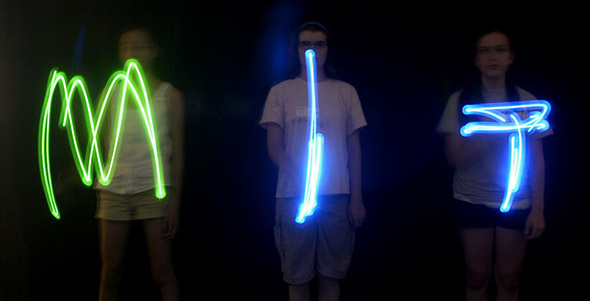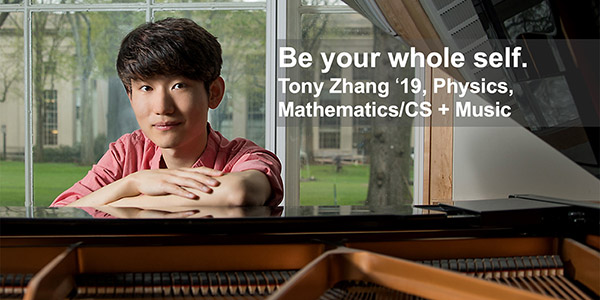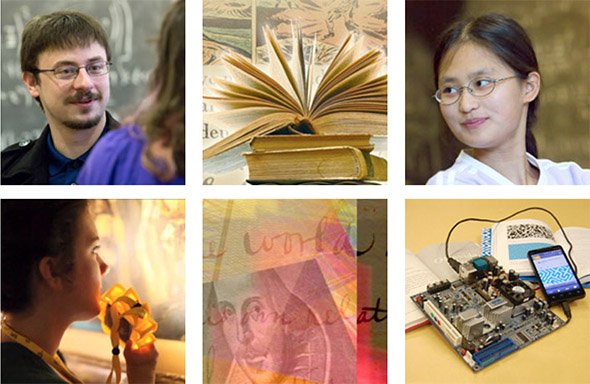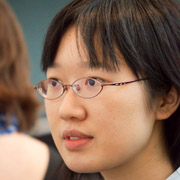BE YOUR WHOLE SELF AT MIT
The Power of the Humanities, Arts, and Social Sciences at MIT

"From climate change to poverty to disease, the challenges of our age are unwaveringly human in nature and scale; and engineering and science issues are always embedded in broader human realities, from deeply-felt cultural traditions to building codes to political tensions."
The role of the humanistic fields has been the subject of much recent debate amid concerns that the STEM disciplines (science, technology, engineering and math) are eclipsing the humanistic fields, in terms of relevance and career prospects.
So it may be reassuring to learn that here at MIT we view the humanistic fields — the humanities, arts, and social sciences — as essential, both for educating great citizens, engineers, scientists, and scholars, and for sustaining the Institute’s capacity for innovation.
Why? Because the Institute’s mission is to advance knowledge and educate students who are prepared to help solve the world’s most challenging problems – in energy, health care, transportation, and dozens of other fields. To do this, our graduates naturally need advanced technical knowledge and skills — the deep, original thinking about the physical universe that is the genius of the science and engineering fields.
But the world’s problems are never tidily confined to the laboratory, workbench, or spreadsheet. From climate change to poverty to disease, the challenges of our age are unwaveringly human in nature and scale; and engineering and science issues are always embedded in broader human realities, from deeply-felt cultural traditions to building codes to political tensions.
So our students also need an in-depth understanding of human complexities — the political, cultural, and economic realities that shape our existence — as well as fluency in the powerful forms of thinking and creativity cultivated by the humanities, arts, and social sciences.
MIT’s curriculum has evolved significantly over the past fifty years to require all undergraduates to spend substantial time on subjects like literature, languages, economics, music, philosophy, and history. In fact, every MIT undergraduate takes a minimum of eight such classes — nearly half of their required class time.
In these classes, our students learn how individuals, organizations, and nations act on their desires and concerns. They gain historical perspectives, critical thinking skills, cultural understandings that help them collaborate with people across the globe, as well as communication skills that enable them to listen, explain, and inspire. They learn that most human situations defy a single correct answer, that life itself is rarely, if ever, as precise as a math problem, as clear as an elegant equation.

"Humanity faces urgent challenges — challenges whose solutions depend on marrying advanced technical and scientific capabilities with a deep understanding of the world's political, cultural, and economic complexities."
— L. RAFAEL REIF, PRESIDENT OF MIT
MIT alumni themselves offer the most insight about the value of such an education. A note from one recent graduate who went on to medical school is a particularly succinct, and oft-cited story at MIT: She wrote to say that her practice as a physician requires not only medical knowledge, but also the ability to interpret her patients’ accounts and stories — a skill she gained reading literature, studying the various forms of narrative, the many ways humans share, or withhold, vital information. “MIT biology prepared me for medicine,” she says. “MIT Literature prepared me to be a doctor.”
Entrepreneurs also find a diverse skill set very valuable. One legendary MIT engineering entrepreneur notes, “The introduction to philosophy and the history of ideas turned out to be the most enduring value and benefit from my education at MIT.” Another engineering graduate who has transformed the electronics field states, “A broader education for a young person is more important than a specialty. When you learn about several disciplines, then you can start to connect them. I found my economics and history classes particularly useful.”
A prominent MIT materials scientist graduate, who cites her MIT literature and art history classes as key to expanding her worldview, is now the Dean of a College of Engineering, with a frontline perspective on what engineers need to succeed in today’s marketplace. She says, “Employers want students who can lead, work in teams, work across cultures, and especially communicate — and much of that ability comes from studies in literature, the arts, the social sciences. The world needs creative problem-solvers who can take into account the human perspective.”

"One legendary MIT engineering entrepreneur notes, 'The introduction to philosophy and the history of ideas turned out to be the most enduring value and benefit from my education at MIT.'"
As educators, we know we cannot anticipate all the forms our students’ future challenges will take, but we can provide them with some fundamentals that will be guides for the ongoing process of exploration and discovery. We can help shape their resilience, and prepare them to analyze and problem-solve in both familiar and unfamiliar situations. Drawing on the STEM, humanities, arts, and social science disciplines we aim to give students a range of capacities and tools that can support them throughout their careers and lives.
Whatever our calling, whether we are scientists, shopkeepers, entrepreneurs, parents, or policy makers, we all live in a complex and ever-changing world, and all of us deserve the fundamentals in this toolbox: critical thinking skills; knowledge of the past and other cultures; an ability to work with and interpret numbers and statistics; access to the insights of great writers, thinkers, and artists; a willingness to experiment, to open up to change; and the ability to navigate ambiguity.
The stakes are high these days — for individuals, societies, and for the planet itself. The times are calling us to share the world of ideas, history, and literature — with all who yearn for more expertise, creativity, and meaning. And, the more we can re-invigorate education in alliance with our STEM colleagues, the better.
For while we as educators may, for good and practical reasons, divide the spectrum of knowledge into various categories, the mind itself is the original polymath — drawing on diverse, and often surprising, sources as it goes about the wondrous work of making fresh connections, and laying down new pathways for thought, discernment, and action.
— Commentary by Deborah Fitzgerald, Leverett Howell and William King Cutten Professor of the History of Technology, and Kenan Sahin Dean of the MIT School of Humanities, Arts, and Social Sciences, 2007-2015; with MIT SHASS Communications. Published April 2014.

Suggested Links
Mission | MIT School of Humanities, Arts, and Social Sciences
Fields of Study | MIT Humanities, Arts, and Social Sciences
Meet the MIT Bilinguals
Students who study deeply in both the Humanistic and STEM fields
Take the TOUR de SHASS
Explore MIT's humanistic fields
The MIT Digital Humanities Lab
Gallery | 21st Century Humanities at MIT
National Endowment for the Humanities
The Heart of the Matter | Report from the American Academy of Arts and Sciences
National Humanities Center
